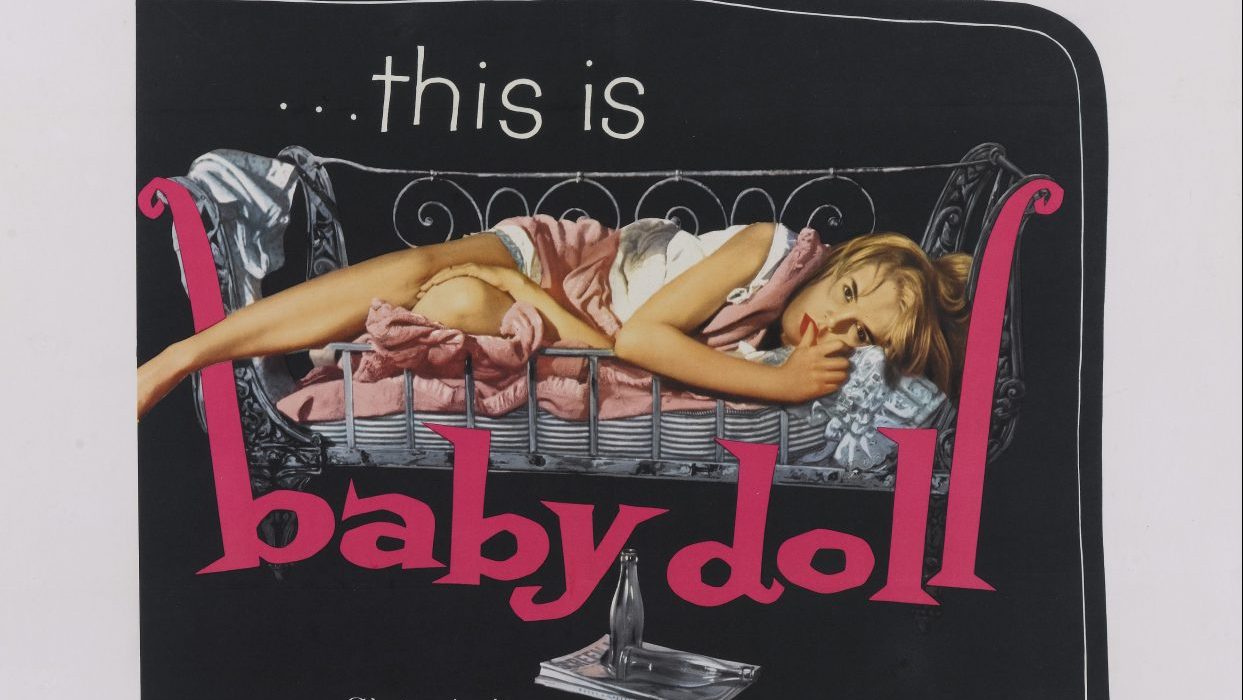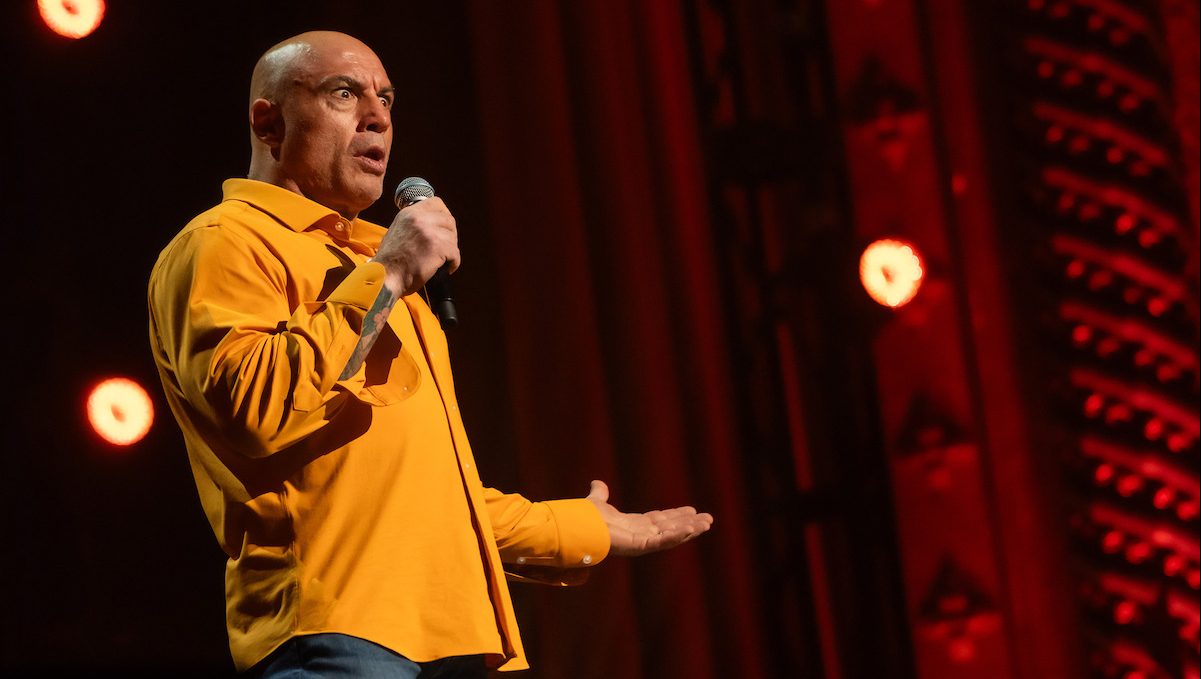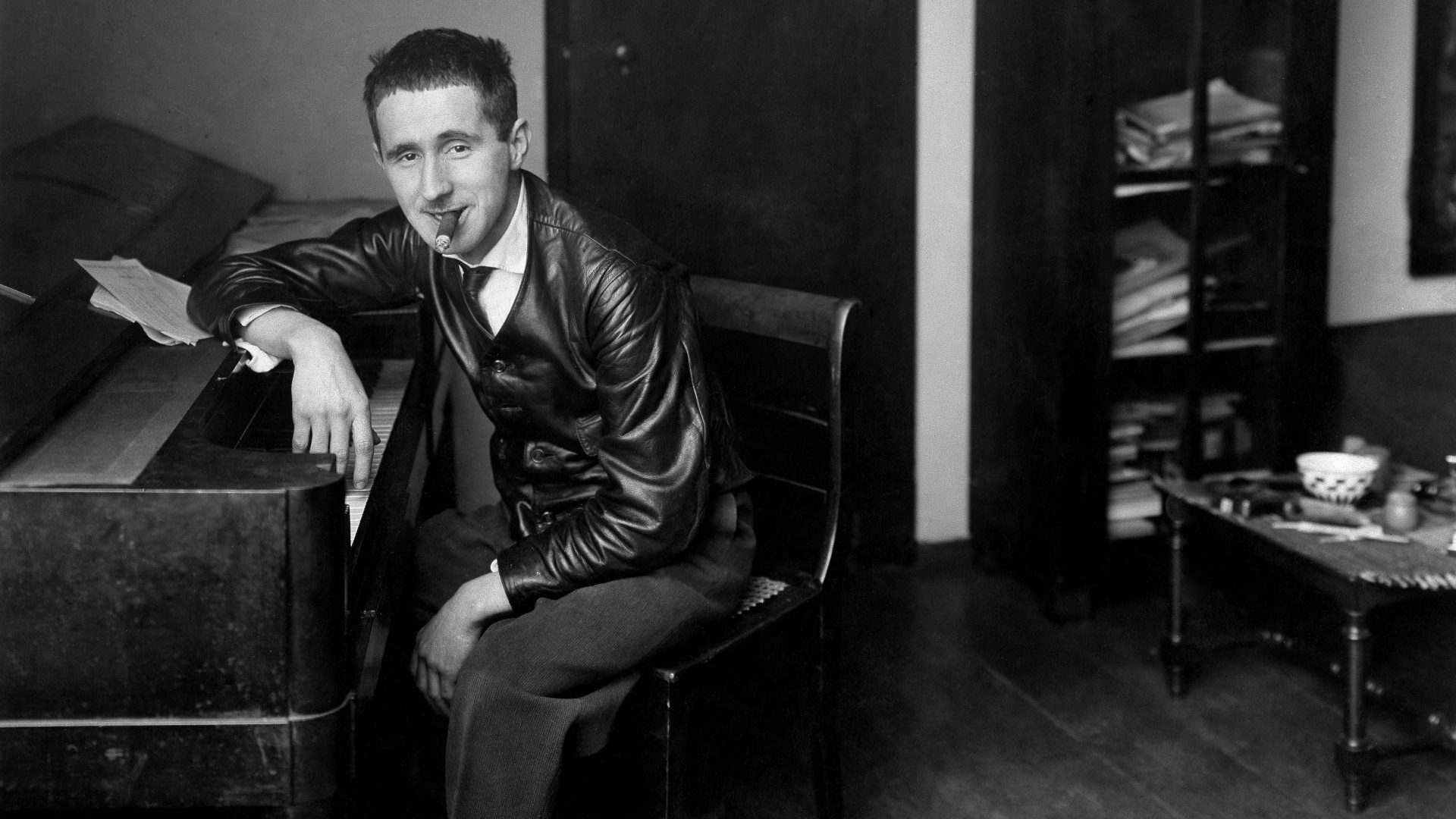With the selection of the junior senator from Ohio, JD Vance, to be Trump’s vice-presidential running mate, the term “hillbilly” has come back into the national consciousness.
Andy Beshear, governor of Kentucky, a premier hillbilly state, called Vance a phoney who only visited the region on holiday. Nevertheless, the term is back in vogue.
Hillbilly has a conflicted etymology – some say that it is Scottish in origin, or Northern Irish.
For me, coming of age in the 1960s, “hillbilly” was a term of derision used for racist, uneducated white folks.
These people from around the Appalachian region, mainly white, mainly poor and rural were seen by many throughout American history as just being so-called “inbred” and backward.
Hollywood vintage has produced films of varying quality about hillbilly people. Its masterpiece, of course, is John Ford’s The Grapes of Wrath (1940).
A film of immense scope, it captures the idea; the sense, the cruelty of the Great Depression. It was shot by that cinematic master, Gregg Toland, who also filmed Citizen Kane.
Even when you look at it now, it still resonates. It still stands up.
It is the film of John Steinbeck’s novel about people evicted from their land during that great climate and man-made disaster known as the Dust Bowl.
It is a film that glorifies revolt and worker strikes and it elevated Henry Fonda, who played its central character, not only into stardom, but towards the left, a political stance that he encouraged in his children, Jane and Peter… which he and they never abandoned.
This heroic hillbilly mould is in contrast to the profligate and erotic hillbilly existence as portrayed in Tobacco Road, also directed by Ford in 1941. Its femme fatale is played by the radiant Gene Tierney from the middle classes of New York City, who had to dig deep to produce her Ellie May.
The film’s poster is all about her bare legs and wistful look. British pop group the Nashville Teens must have been looking hard at that poster when they released their version of the folk ditty Tobacco Road in 1964.
Ford and his crew were worried that the film might be banned, but that only happened in Australia.
Then there is Baby Doll (1956, Elia Kazan). It is what you might call the Actors Studio version of the South. It takes place in the Mississippi Delta and is about a gin owner married to a naive 17-year-old called Baby Doll.
Carroll Baker’s lingerie in the movie became more important than the movie itself. Baby Doll nighties were all the rage from the late 1950s through the 60s.
In it is a great, uncredited performance by that master actor: Rip Torn. He and his cousin, Sissy Spacek, went on to remake our idea of Southern actors.
Wild River (1960, Elia Kazan) is about the Tennessee Valley Authority (TVA), which aimed to take the river and turn it into a productive instrument for the people of the region that some of my relatives live in to this day.
It takes place in 1937 and stars Montgomery Clift as head of the local TVA, clashing with people in that part of America where then-president Franklin Roosevelt was considered alien and strange. Maybe the people there still think that way about politicians.
Last week’s quiz: Both Fred MacMurray and John Wayne, (Sands of Iwo Jima, 1949; Flying Leathernecks, 1951; The Longest Day, 1962) were deferred from active service in the second world war.
This week’s quiz: Two of the actors in the same hillbilly movie went on to co-star in arguably the greatest vintage film noir of all: a picture that defined the genre. Name the stars and the picture.




